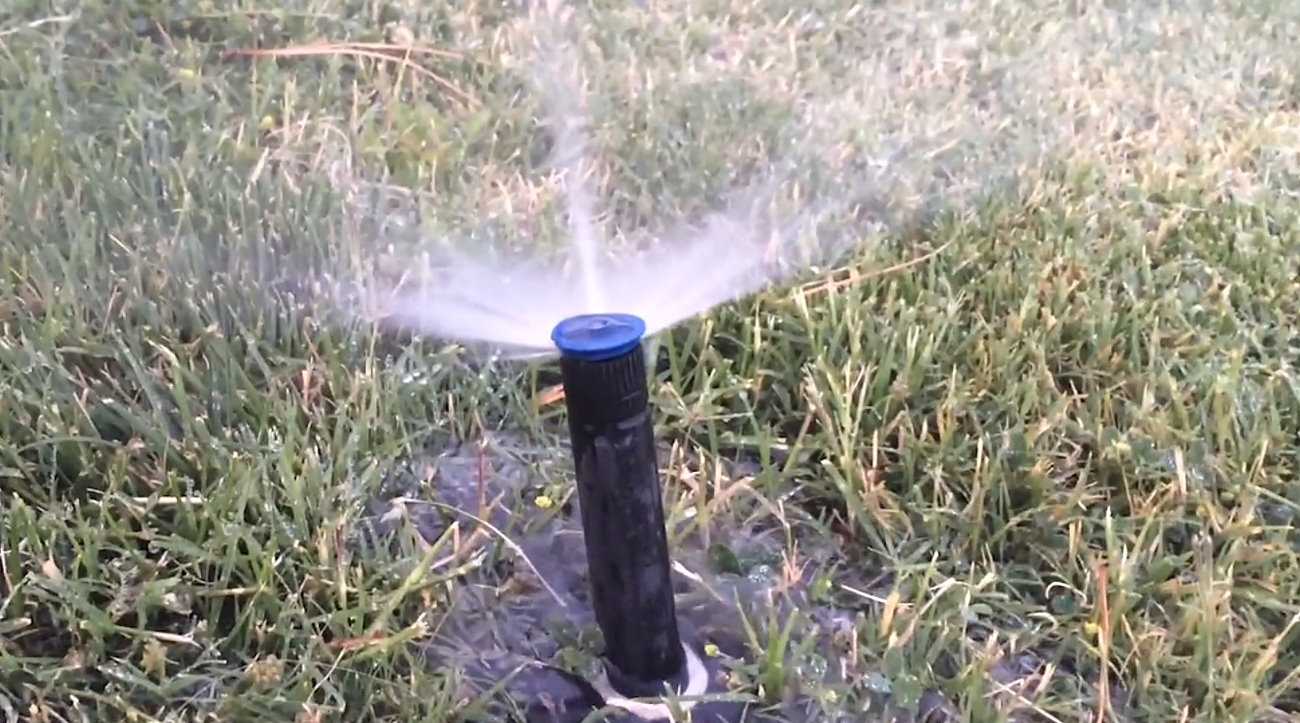ST. GEORGE — With the Lake Powell Pipeline project being repeatedly pushed back due to various factors, Washington County water managers have taken a second look at local resources and are rolling out a 20-year plan they believe will meet growth demands through the early 2040s – provided everyone does their part.

“For many years people were counting on the Lake Powell Pipeline being available this decade to provide water to meet our growth,” Brock Belnap, an assistant general manager of the Washington County Water Conservancy District, recently told St. George News.
“With that slowing down due to issues of water availability in the Colorado River, we’ve had to pivot and come up with how we’re going to meet the demand for water for our growing community because the growth isn’t slowing down. What we’ve done is refocus on our local supplies.”
Central to the plan are continuing conservation efforts – like the water district’s lawn replacement program – and the implementation of the county’s regional water reuse system.
It is estimated that conservation efforts will produce 11,400 acre-feet of water per year by 2042, while the regional reuse system is estimated to produce 24,200 acre-feet per year by that time as well.
Additional sources, such as municipal groundwater, agriculture conversion and water development projects make for a total estimated annual water yield of over 47,000 acre-feet, according to the 20-year plan.

The overall amount of water needed to accommodate the area’s growth by then – which is estimated at 72,000 water connections – is projected to be nearly 43,000 acre-feet.
Comparatively, the Lake Powell Pipeline is projected to bring over 80,000 acre-feet to the county if built.
The number of connections the water district’s plan accounts for is based on the current number of approved developments within the county and growth projections made by the Kem C. Gardner Policy Institute.
However, both Belnap and language in the 20-year plan stressed that it will only work if the water district and its municipal partners work together to achieve those ends.
“We’re all going to have to pull together,” Belnap said. “Communities will have to get behind (the plan) to make it work.”
A summary of the plan is in the process of being presented to the water district’s municipal partners during town and city council meetings. It was during a recent meeting of the Ivins City Council that city officials expressed worry that while they believed their city was doing its part, other municipalities may not.

“Ivins is pretty much there,” water engineer Aaron Anderson told the council. “We’re working to get the rest of the county to where Ivins is.”
Council member Lance Anderson said he wondered if Ivins was saving water just so homes could be built in another city across the county.
This shouldn’t be an issue if each of the water district’s municipal partners adheres to conservation practices and strict water policies crafted and adopted last year, Karry Rathje, a spokeswoman for the Water District, told St. George News.
There is always a concern that development could outstrip the plan’s goals, Rathje said and stressed that shouldn’t happen if each town and city the water district serves does their part. If not, one municipality could be seen as stealing water from others due to their all being connected to a shared, regional water system through the water district.
The general plan was adopted by the water district’s board of trustees on July 10 with a follow-up presentation on its implementation scheduled for Aug. 7.

Implementation of the plan involves up to 90 projects to be pursued over the next 20 years, Belnap said.
This includes the installation of new pipelines, the building of new reservoirs, continuing conservation practices, drilling new wells, reviewing district operations so the treatment and delivery of water can become more efficient and reducing overall water use in the county, among other measures.
The estimated cost of the 20-year plan and how to finance it will then be presented to the board on Sept. 11. While these elements of the plan are currently in discussion, Belnap said, water rate hikes were noted as being among the possibilities for funding.
The plan’s price tag will be further reviewed by the board during a budget review set for Oct. 4.
In the end, the 20-year plan “is contingent upon all RWSA (Regional Water Supply Agreement) partners working together. Without a united approach, holistic view of water supplies needed to serve the county as a whole, the new supply yields presented in this plan may not be achievable.”
The 20-year plan is not meant to be a replacement for the Lake Powell Pipeline, but rather a means to secure water resources up to 2042 by which time water managers hope the pipeline is built and in use, Belnap said.
“Eventually we will need the Lake Powell Pipeline,” he said. “There isn’t enough water locally to meet the projected growth demands.”
A 15-page summary of the 20-year plan can be found on the water district’s website.
St. George News reporter CHRIS REED contributed to this story.
Copyright St. George News, SaintGeorgeUtah.com LLC, 2023, all rights reserved.